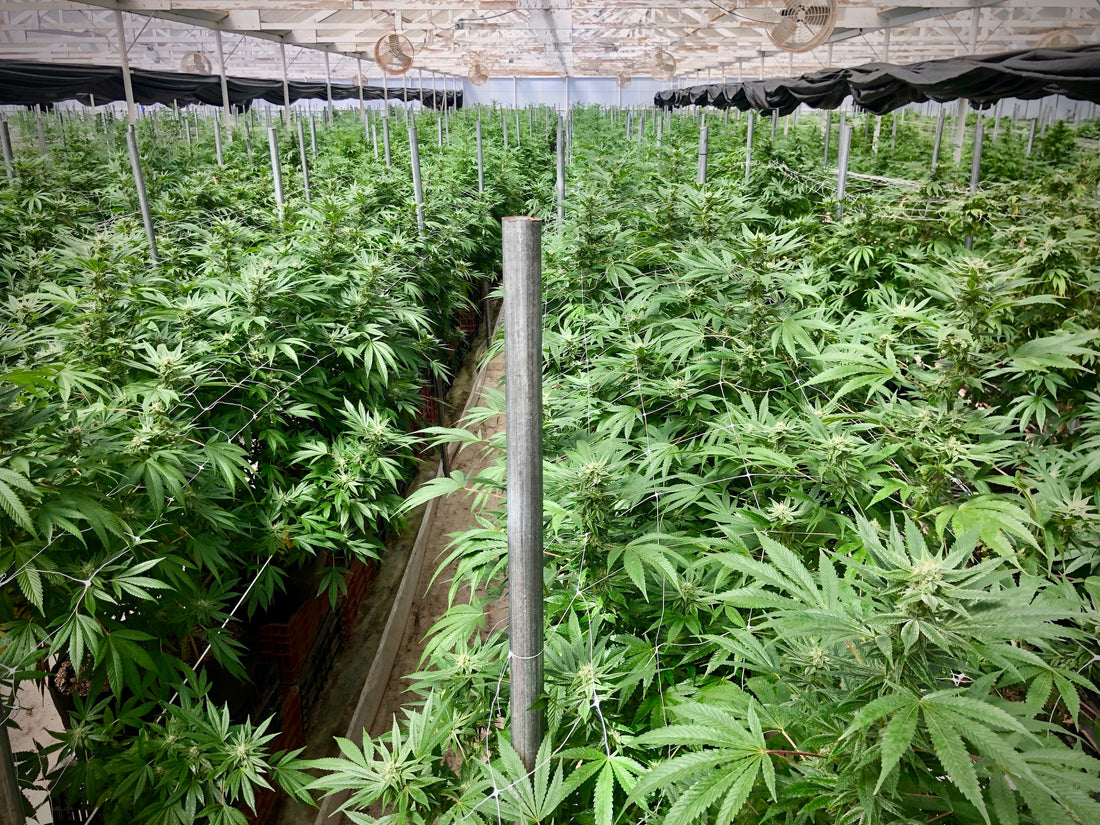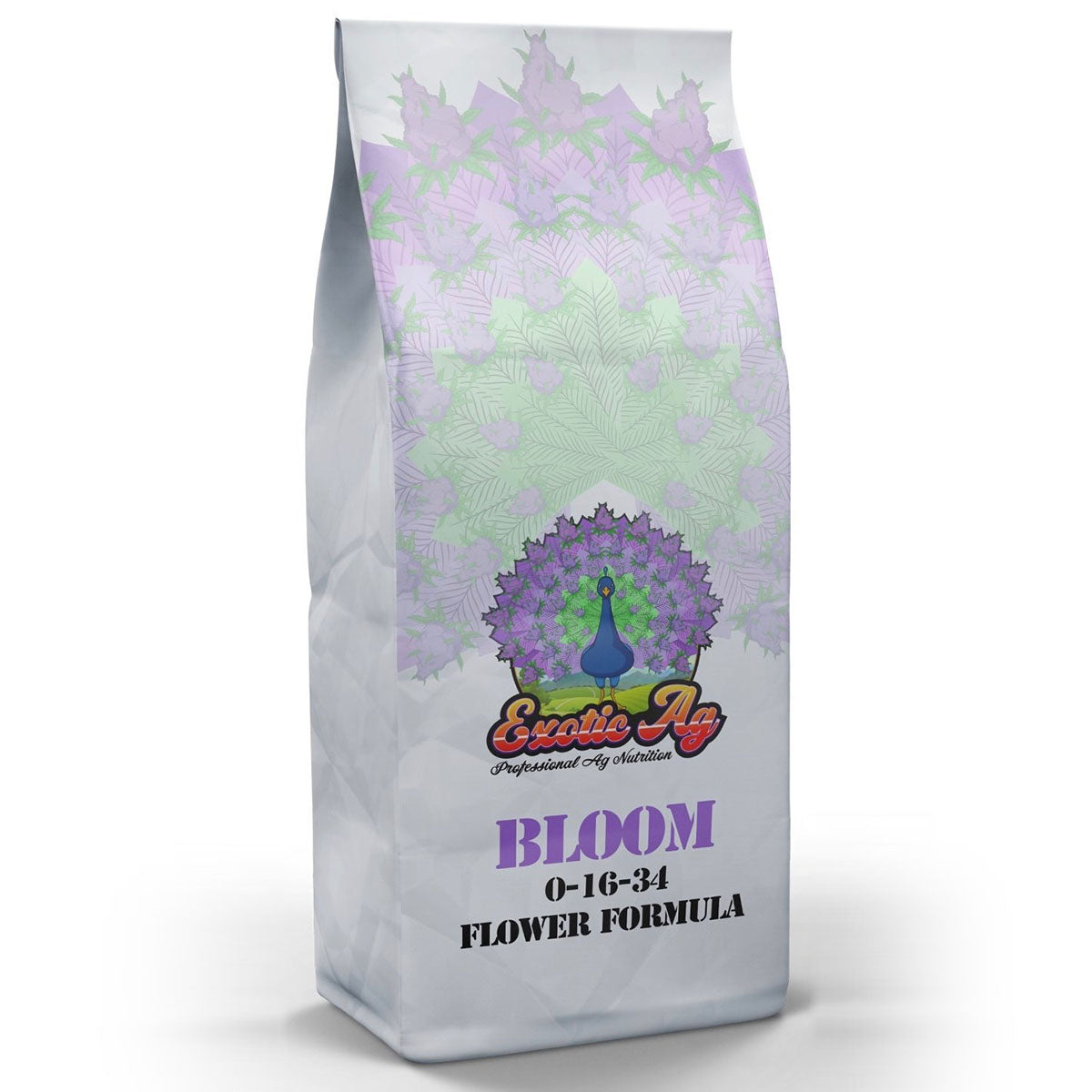Glycine Betaine
2 min read
GLYCINE BETAINE : A Multi-Beneficial Alternative To Silica
The benefits of Silica on plant growth are well documented: aiding in water uptake; strengthening leaf cells to help fight against fungal attacks; increased permeability of the roots. But along with these benefits, Silica products are typically highly alkaline and can make tank mixing difficult, cause precipitation or drop out of other elements or antagonize other plant nutrients, making them less soluble.
What is Glycine Betaine?
Glycine Betaine (GB) is a mildly acidic to neutral pH, premium high BRIX sugar complex sourced from sugar beets. It is an amino acid derivative accumulated in many microbes and plant species that is environmentally safe, non-toxic and water-soluble.
The Benefits of Glycine Betaine
Like silica, GB strengthens cell walls, improving resistance to environmental stresses, pathogens and insects. It also allows water to stay within the leaves and plant, enabling optimum nutrient flow and protection from wilt stress. It also stimulates root cells, allowing plants to take up calcium ions thousands to millions of times faster than simple osmosis, strengthening the vascular system and increasing the uptake of water and nutrients more efficiently.
The Importance of Brix in Plants
Brix is the amount of sugars, vitamins and proteins found in the juice of plants. The higher the Brix levels, the better equipped the plant is to fend off environmental stresses like cold weather and drought. A high Brix level will also improve the quality and flavor of the plant’s yield. And a plant with high Brix levels means not just that insects will not attack a given plant but that they will not even be attracted to the plant.
Glycine Betaine’s Superior Brix Levels
Glycine Betaine has a Brix level of 76% vs the more typically used source of molasses, with a Brix level of 46%, therefore increasing the sugar content of the plant and deterring unwanted insects and pathogens.
What Can We Conclude?
Both Silica and GB improve a plant’s structural integrity; help activate stress defenses; improve nutrient uptake and help regulate water within the plant. But where Glycine Betaine out runs Silica is its near neutral pH which helps to simplify tank mixing, its sugars that promote microbial activity in the soil and its high Brix content improves crop quality and flavor and keeps damaging insects from feeding on the plants.
There are several popular products in the marketplace that provide these benefits. Compare their ingredients, percentages and cost and choose the product that best meets your needs.



